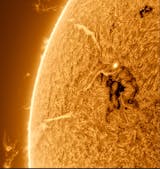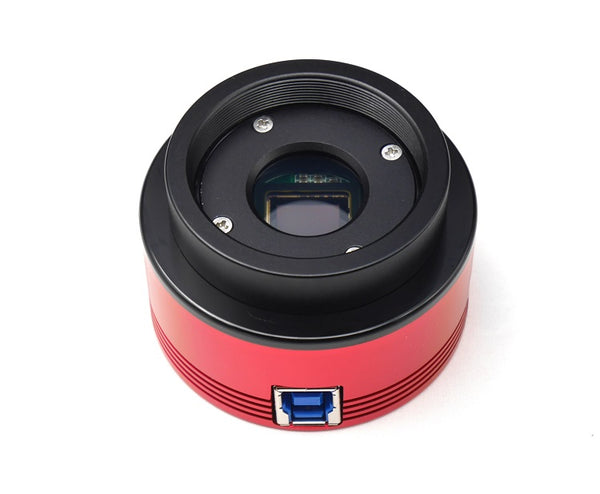
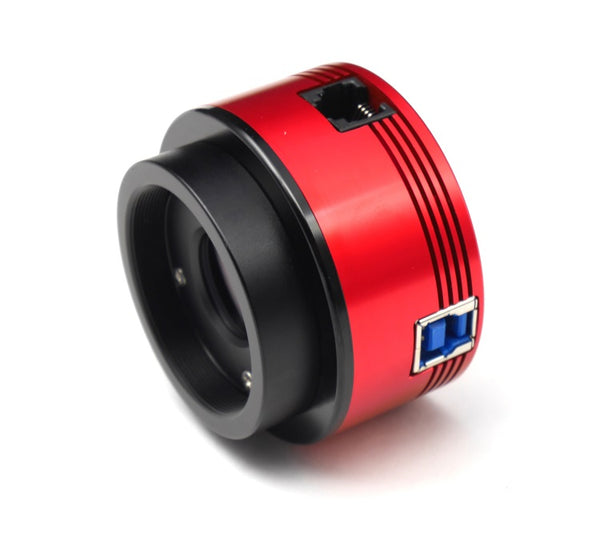
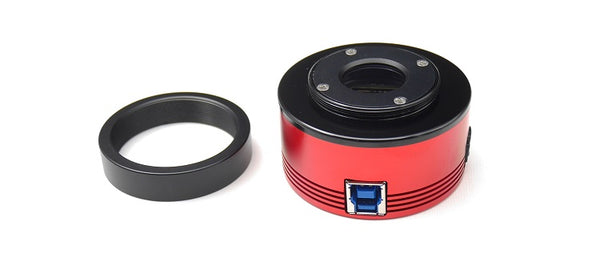
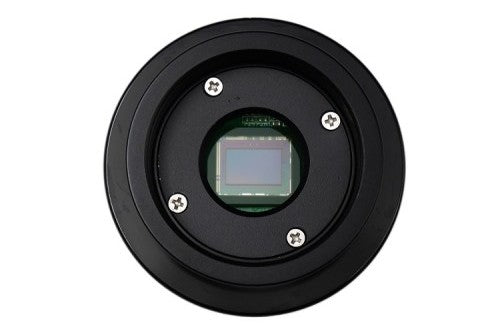
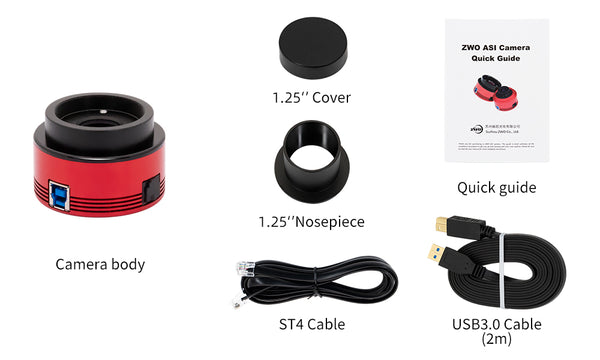
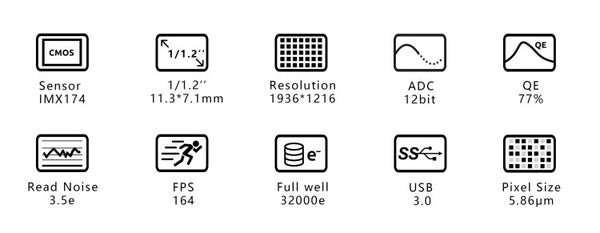
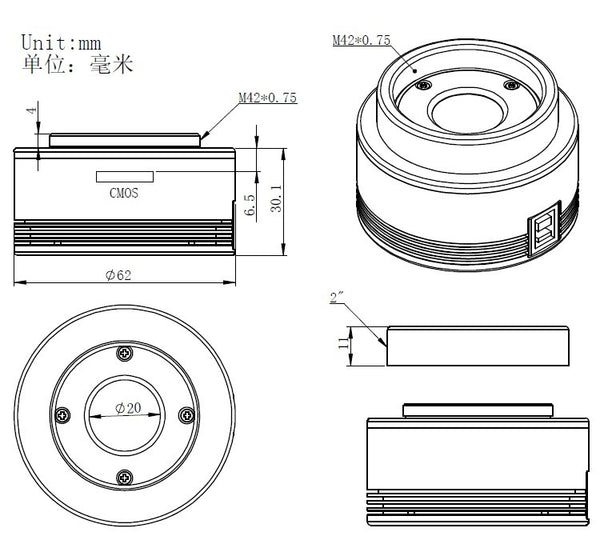







Why Purchase from All-Star Telescope?
Free Expert Support
Whether you are a first timer needing help with setting up or an enthusiast that can't quite make that one thing work, our expert staff are ready to support your needs. With decades of knowledge and first hand experience we've been there and we can help you through it!
Stress Free, Secure Transactions
You can trust purchasing and delivery with All-Star Telescope. All of our transactions are 100% secure and Level 1 PCI DSS compliant thanks to Shopify's ShopPay platform. For additional protection, we insure 100% of the value of every shipment we make. If it get's lost during shipment, we replace it. If it gets damaged during shipment, we replace it. We make sure your product arrives exactly as you would expect it to; we promise.
We also ensure privacy protection. We never keep any of your credit card information on file and any of your personal data is stored according to our policies.
30 Day Return Policy
Buy with confidence knowing that we accept returns up to 30 days after purchase. We want you to have something you will actually use and we are confident that we keep good quality products in our store with No Junk.
Price Match Promise
Shipping around for the best price is tough, we make it easier by offering the best pricing in the market. But if you find a better price on an in-store item somewhere else we will match it!
Product Description
ASI174MM/MC is designed especially for Sun and Moon imaging.
Camera Sensor
Our popular ASI174MM CMOS Monochrome Imaging Camera is based on the Sony Exmor IMX174 2.35MP sensor with Pregius global shutter technology.
Sony IMX174 CMOS Sensor Features
The Sony IMX174 monochrome CMOS sensor separates the ASI174MM from previous ASI models. This type 1/1.2” Sony CMOS image sensor features a 1936 x 1216 array with, 5.86µm pixels in it. It has a lot of advantages when taking high quality solar, lunar, planetary, and deep sky object images.
Pregius Global Shutter function with analog memory permits the scanning of all pixels simultaneously. The Sony IMX174’s global shutter function provides improved image quality by making sure images of moving objects avoid focal plane distortion. This is especially helpful when performing solar or lunar imaging. Bad seeing, wind, or movement can alter the image if the readout speed is not quick enough (< 30fps).
Sony Exmor technology uses column-parallel A/D conversion for high speed processing, low noise, and low power dissipation.
ROI, or Region of Interest Mode lets you capture up to 16 areas inside the effective pixels. This ability allows for even higher frame rates.
High speed imaging with a max of 164.5 fps at 10 bit ADC, and max of 128.2 fps at 12 bit ADC.
USB 3.0 Port & ST4 Port
USB 3.0 Port: can provide 5Gb bandwidth to let ASI174 run at 128 fps (12bit, normal mode) or 164 fps (10bit, high speed mode) at full resolution(2.35Mega).
ST4 Port: can be used connect with auto guide port of mount, for guiding.
Back Focus
After remove T2 11mm ring, back focus length will be only 6.5mm.
Specifications
| Supported Sensor | 1/1.2" CMOS IMX174LLJ / IMX174LQJ |
| Resolution | 2.3Mega Pixels 1936×1216 |
| Pixel Size | 5.86µm |
| Exposure Range | 32µs-300s |
| Non-volatile memory/On camera storage | Build-in total 192K byte user-accessible space (image size up to 480X320) |
| Interface | USB3.0/USB2.0 |
| Bit rate | 12bit output(12bit ADC) |
| Adaptor | 2" / 1.25" / M42X0.75 |
| Dimension | 62mm X 41mm |
| Weight | 140g |
| Working Temperature | -5°C-45°C |
| Storage Temperature | -20°C-60°C |
| Working Relative Humidity | 20%-80% |
| Storage Relative Humidity | 20%-95% |
Additional Articles, Videos, and Links
External Links
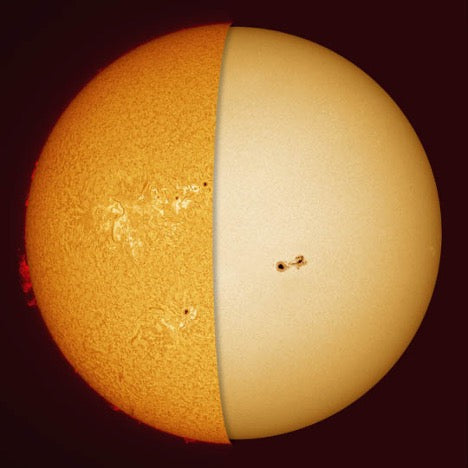
Go Ahead, Look at the Sun (With the Right Equipment)
Solar observation and solar photography are a lot of fun with the right equipment, and this is a great time to start. Every 11 years the Sun’s magnetic field completely flips. That means that the...
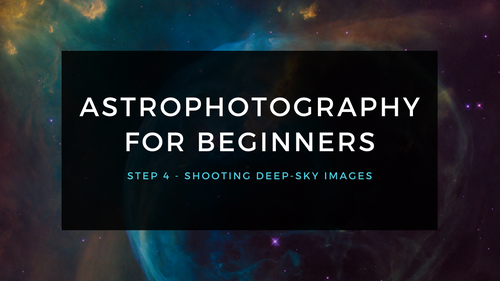
Astrophotography for Beginners Step 4: Shooting Deep-Sky Images
Taking deep sky pictures can be daunting, luckily there is an easy process to follow to allow you to get great shots! Here is the typical process for actually taking deep-sky images in the field.
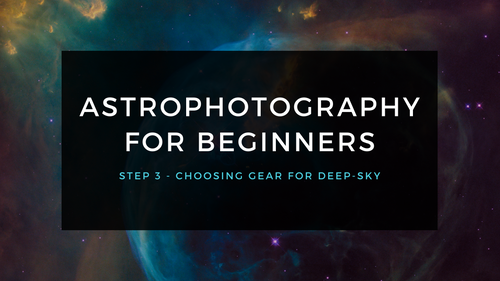
Astrophotography for Beginners Step 3: Choosing Gear for Deep-Sky Imaging
Using a star tracker gains you experience with the fundamentals of deep-sky imaging. Shooting the Moon gains you experience focusing and framing through your telescope. Through your sessions you’ll...
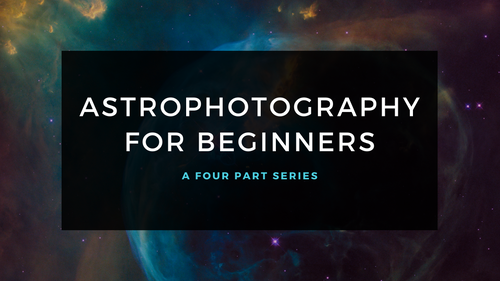
Astrophotography for Beginners - Start Here: Getting into Astrophotography Step by Step
Shooting the night sky has never been more popular, nor easier. The choice of equipment has also never been better, or more affordable. However, as per the advice given by Dickinson and Dyer in the...
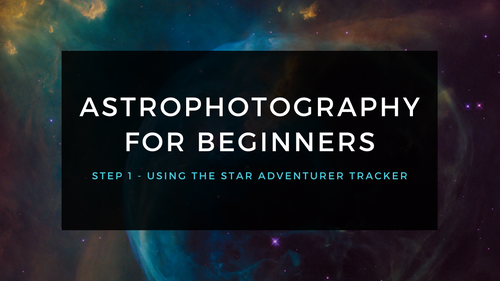
Astrophotography for Beginners Step 1: Using the Star Adventurer Tracker
By far the most economical and easiest way to capture beautiful images of the Milky Way and large deep-sky objects like the Andromeda Galaxy (shown here) is to use a star tracker. Here are steps an...
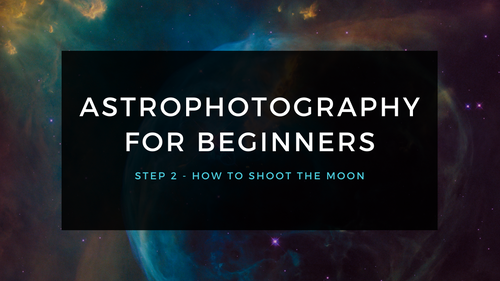
Astrophotography for Beginners Step 2: How to Shoot the Moon
Close-ups of the Moon are rewarding, and an easy way to learn to shoot through your telescope. While good results are possible with a phone camera clamped to an eyepiece (as shown below), this tuto...



